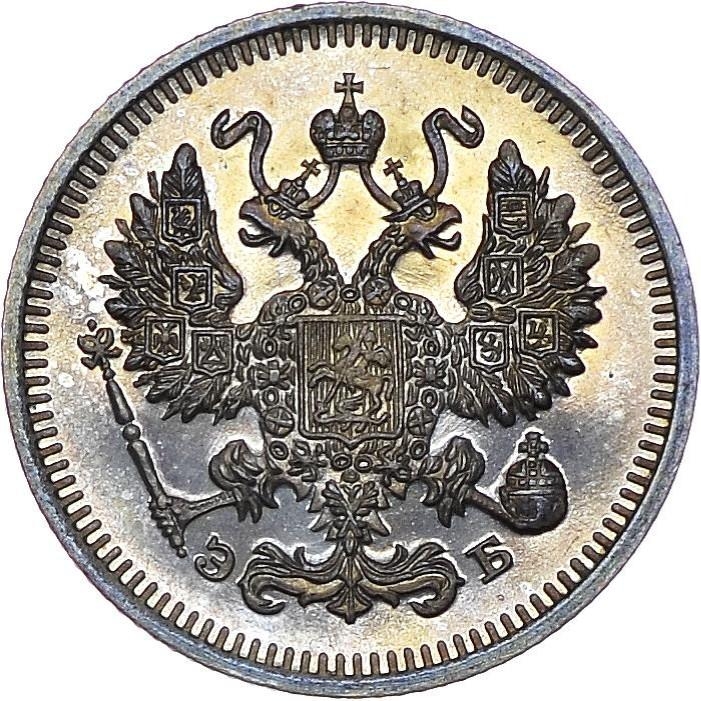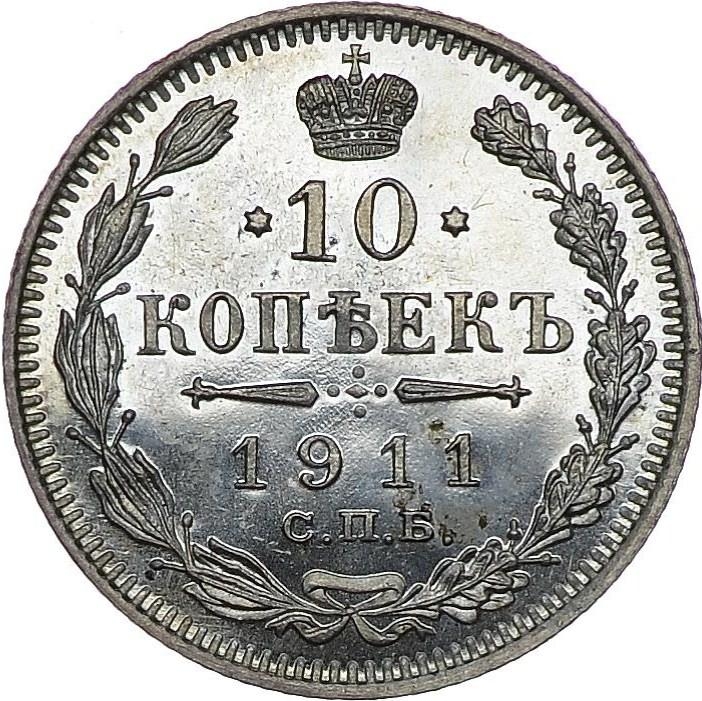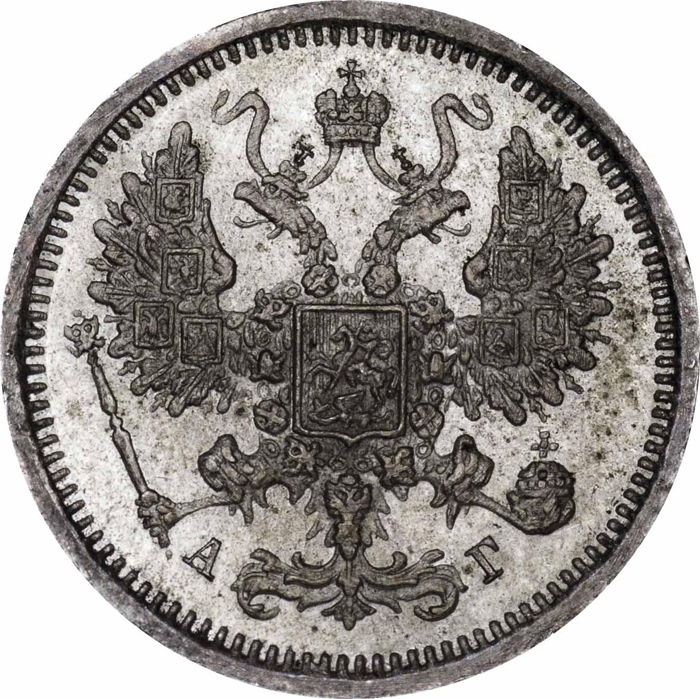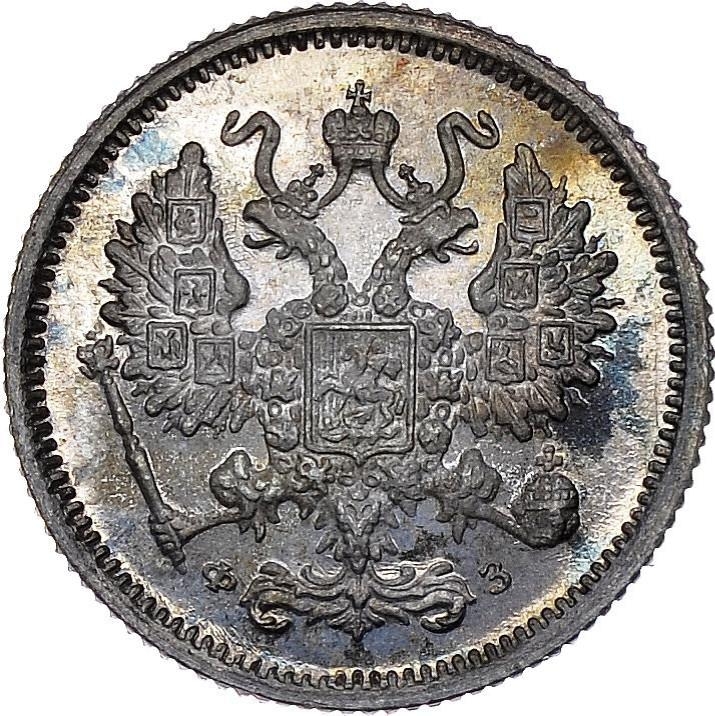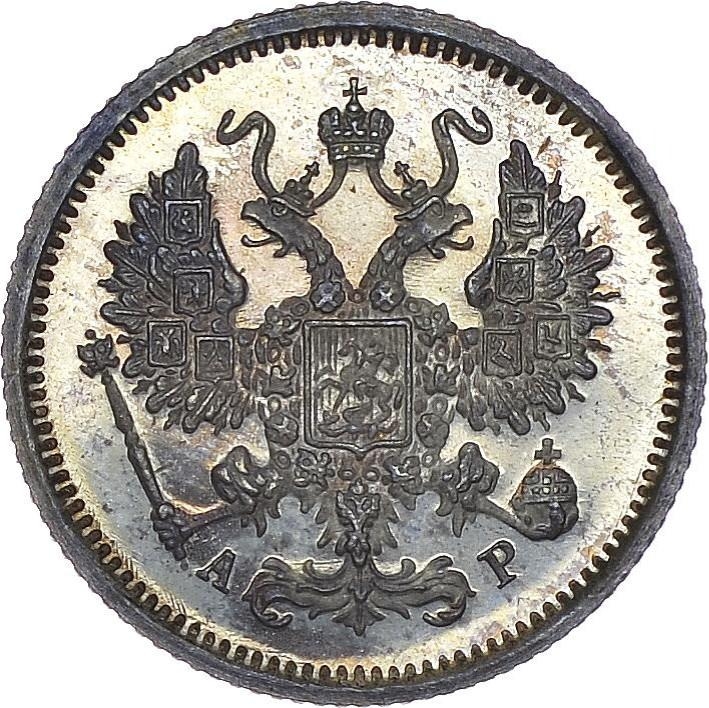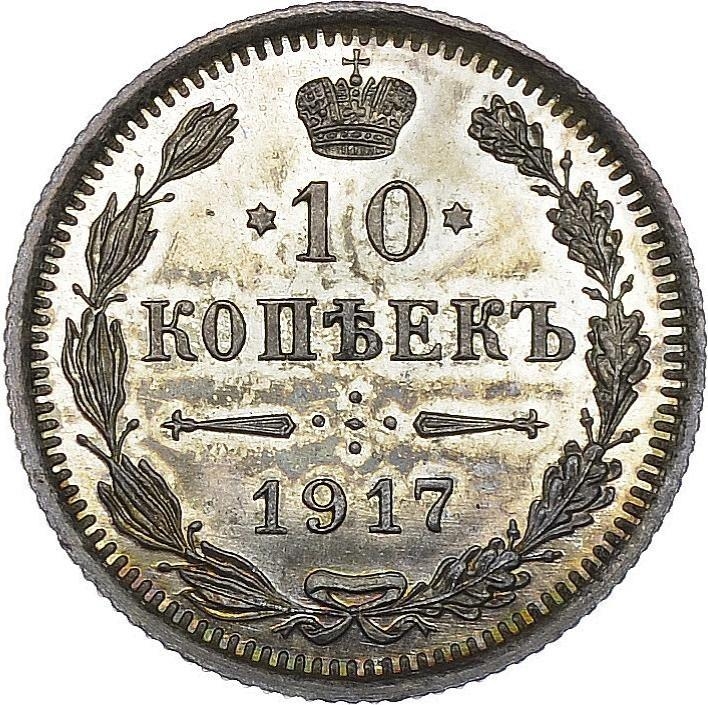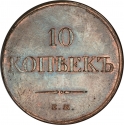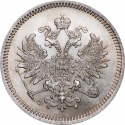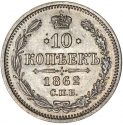You are about to finish your registration. Please check your mailbox (including spam folder). There should be a letter with a confirmation link. Check setting to make sure that your e-mail address is correct.
Send letter againDescription
This coin compare to the 10 Kopecks 1859-1866 (Y# 20.1 and Y# 20.2) has a reeded edge and has been unchanged during the reigns of the following Russian Emperors:
Alexander II (1818-1881) was the Emperor of Russia from 1855 until his assassination in 1881. He was also the King of Poland and the Grand Duke of Finland. Alexander was the most successful Russian reformer since Peter the Great. His most important achievement was the emancipation of serfs in 1861, for which he became known as Alexander the Liberator. In foreign policy, Alexander sold Alaska to the United States in 1867. Among his greatest domestic challenges was an uprising in Poland in 1863, to which he responded by stripping that land of its separate Constitution and incorporating it directly into Russia.
Alexander III (1845-1894) was the penultimate Emperor of Russia, King of Poland, and Grand Duke of Finland from 1881 until his death in 1894. He was highly conservative and reversed some of the liberal reforms of his father, Alexander II. During Alexander's reign Russia fought no major wars, for which he was styled "The Peacemaker". More than six feet tall (about 1.9 m), he was also noted for his immense physical strength.
Nicholas II (1868-1918) was the last Emperor of Russia, Grand Duke of Finland, and titular King of Poland. Nicholas II ruled from 1894 until his forced abdication in 1917. His reign saw Imperial Russia go from being one of the foremost great powers of the world to economic and military collapse. Under his rule, Russia was decisively defeated in the Russo-Japanese War. The Anglo-Russian Entente, designed to counter German attempts to gain influence in the Middle East, ended the Great Game between Russia and the United Kingdom. As head of state, Nicholas approved the Russian mobilization of August 1914, which marked the beginning of Russia's involvement in the First World War, a war in which 3.3 million Russians were killed. Nicholas II abdicated following the February Revolution of 1917 during which he and his family were imprisoned and executed in 1918.
Obverse

|
Displays the Lesser Coat of Arms of the Russian Empire - a two-headed eagle crowned with two imperial crowns, over which the same third crown, enlarged, with two flying ends of the ribbon of the Order of Saint Andrew. The State Eagle held a scepter and globus cruciger. On the chest of the eagle there was an escutcheon with the arms of Moscow, depicting Saint George, mounted and defeating the dragon. The Lesser Coat of Arms depicts the imperial double-headed eagle with the addition of the collar of the Order of Saint Andrew around the escutcheon of St. George, and the Arms of Astrakhan, Siberia, Georgia, Finland, Kiev-Vladimir-Novgorod, Taurica, Poland and Kazan on the wings (seen clockwise). Э Б |
|---|---|
Reverse

|
Denomination 10 Kopecks flanked by stars, date and the mint mark in the center. Wreath of laurel (victory) and oak (strength) around. Russian imperial crowns on the top. * 10 * |
| Edge |
